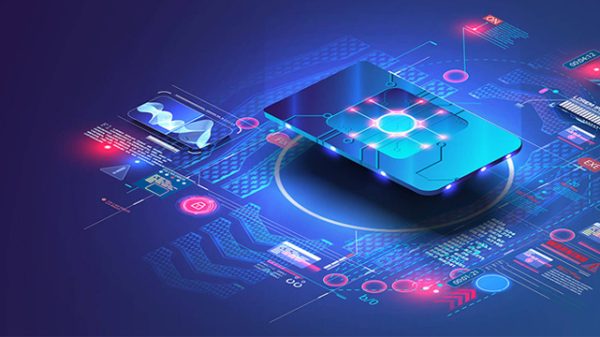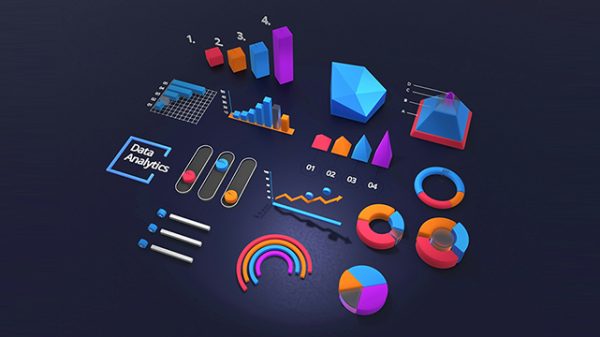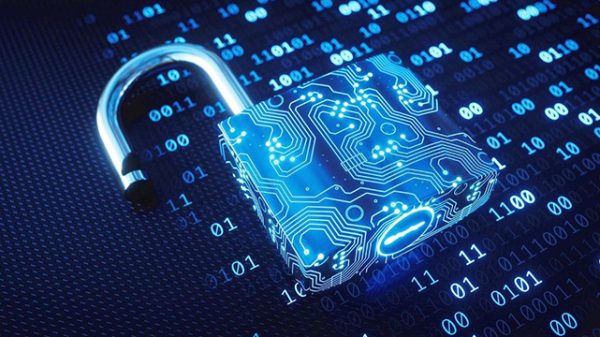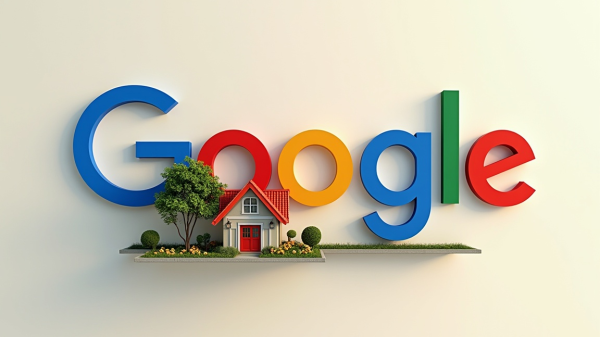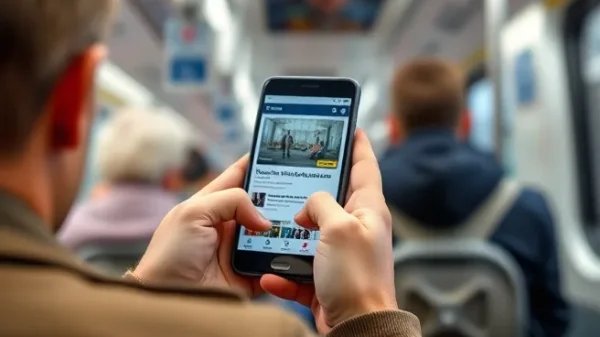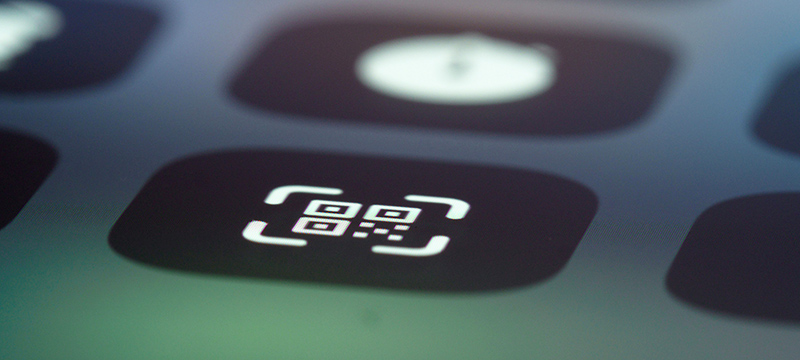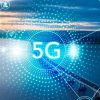As the Internet of Things (IoT) continues to reshape industries, the focus often falls on sensors, smart devices, and connected ecosystems. But there’s a simpler, highly scalable connector that quietly plays a powerful role in linking physical and digital environments: the QR code.
In the broader IoT landscape, QR codes offer businesses a cost-effective, secure, and user-friendly way to initiate connections between the real world and the digital infrastructure behind it. From industrial applications to retail and logistics, these small square codes are proving to be powerful triggers in IoT workflows.
QR Codes as On-Ramps to IoT Experiences
The essence of IoT is about enabling communication between devices, systems, and users. But how do you onboard people employees, customers, contractors into these smart ecosystems? Often, the answer lies in the ability to instantly connect them to a digital environment through something as accessible as a smartphone.
With a simple scan, QR codes can:
Register a user to a connected product
Initiate a setup process for IoT devices
Provide access to live dashboards and sensor data
Trigger automation sequences
Link to digital twins or maintenance protocols
These use cases make QR codes invaluable tools at the human-IoT interface.
Industrial Applications: Simple Entry to Complex Systems
In sectors like manufacturing and logistics, QR codes offer rapid access to complex IoT systems without requiring specialized apps or devices. Workers can scan a code on a machine to view sensor data, check maintenance schedules, or log issues directly into an IoT-enabled platform.
This not only reduces friction but also ensures that digital workflows are adopted in environments where simplicity and speed are critical.
Smart Cities and Connected Environments
Municipalities exploring smart city projects are using QR codes to bridge citizen engagement and IoT infrastructure. Whether it’s accessing real-time public transport info, reporting streetlight outages, or interacting with urban sensors, QR codes offer a no-login, no-download solution for real-time connection.
By using dynamic QR codes (which can be updated without reprinting), cities can flexibly deliver different services through the same code a practical feature for environments that change frequently.
Enhancing Product Interaction and Support
For connected consumer products, onboarding can be a major pain point. QR codes simplify that first interaction. Instead of searching for an app or manual, the customer scans a code to:
Set up the device
Access support or firmware updates
Link the product to a smart home ecosystem
Register the product for warranties or services
With platforms like Trueqrcode that allow businesses to create QR code experiences quickly and at scale, IoT manufacturers are able to offer seamless customer journeys without the need for dedicated hardware or complex software development.
Data-Driven Insights at Scale
QR codes also unlock measurable insights. When paired with analytics platforms, businesses can track where, when, and how often codes are scanned. This real-time data becomes a layer in the broader IoT feedback loop, feeding into performance dashboards and informing decisions around user behavior, maintenance, and engagement.
Dynamic QR codes also allow businesses to adapt their messaging or destinations based on usage trends making them not just a link, but an evolving touchpoint.
Secure and Scalable for the Enterprise
Modern QR code solutions incorporate features like HTTPS encryption, unique identifiers, and integration options with enterprise IoT platforms. For businesses, this means QR codes can be trusted not only for consumer-facing applications but also in sensitive or operationally critical workflows.
Furthermore, scalability isn’t a concern thousands of QR codes can be deployed and managed across product lines, factory floors, and field locations with ease.
Conclusion
As IoT adoption accelerates, the need for intuitive interfaces between people and connected systems will only grow. QR codes meet this need with a low-barrier, high-impact solution. They are simple, yet powerful and when backed by dynamic platforms, they become a flexible tool in the IoT strategist’s toolkit.
Whether you’re launching a new device, scaling a smart city initiative, or connecting frontline workers to live systems, QR codes help make the invisible visible one scan at a time.
The post QR Codes and IoT: Connecting the Physical and Digital Worlds with Simplicity appeared first on IoT Business News.



